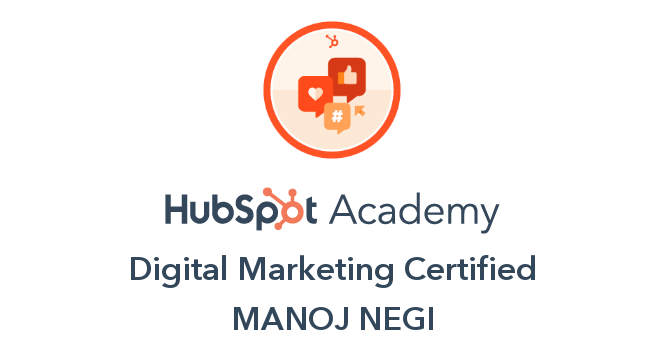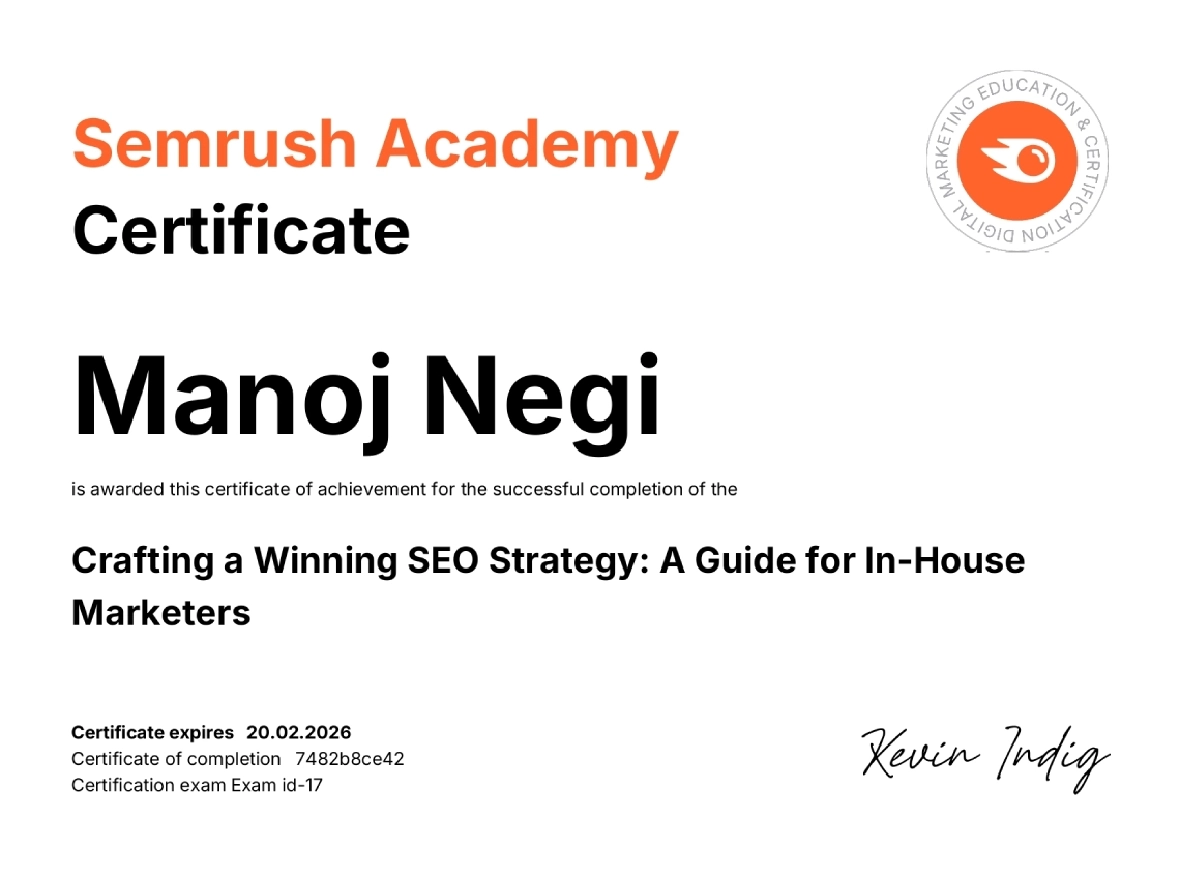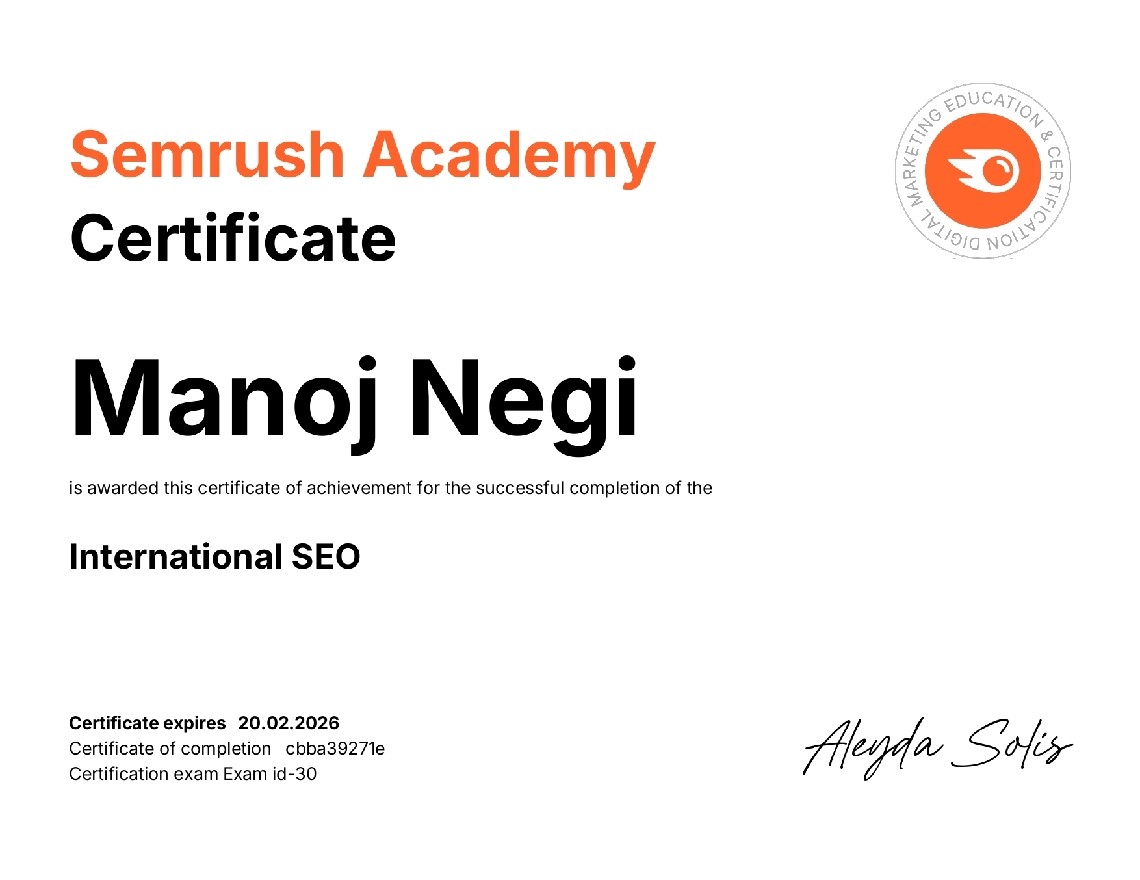Backlinks are essential in the digital marketing and search engine optimization (SEO) sphere because they help define the authority, relevance, and ranking of a particular site on a search engine such as Google.
As a newcomer in SEO or an old marketer, it is critical to know what backlinks are and the best way to obtain them to build your online presence.
What is a Backlink?
A backlink (inbound link or incoming link) is a hyperlink linking one web page to another web page or website. Linking is when another site connects the link to your site, and the implication is that the search engines are notified about your content being valuable, trustworthy, and worth linking to.
Think of backlinks as votes of confidence. The greater the number of quality votes (backlinks) your site has, the higher it will be ranked by search engines. But not every type of backlink is equal. A hyperlink under an authoritative and well-known site carries a lot more weight than a low-quality site or even a spammy site.
Types of Backlinks
There are generally two types of backlinks:
- DoFollow Backlinks: These are the most valuable types. They pass “link juice” to your website, boosting your SEO rankings.
- NoFollow Backlinks: These do not pass SEO value directly, but they can still bring traffic and brand visibility.
Why are Backlinks Important?
- Improved Search Rankings: Backlinks are one of Google’s top ranking factors. The more high-quality backlinks you have, the higher you’re likely to appear in search results.
- Faster Indexing: Search engine bots use backlinks to discover new pages. If your content has backlinks, it will likely get indexed faster.
- Referral Traffic: Visitors from other websites can click on the backlinks to reach your site, increasing traffic and potential conversions.
- Brand Authority: Being referenced by credible websites establishes your brand as an authority in your niche.
Tips to Acquire Backlinks in 2025
Getting high-quality backlinks requires strategy, consistency, and value-driven content. Here are proven tips that work in the modern digital landscape:
1. Create High-Quality, Shareable Content
The foundation of backlinks is great content. Invest time in creating:
- In-depth guides
- Original research
- Infographics
- Case studies
- Expert roundups
Content that provides real value is more likely to be cited by others.
2. Guest Posting on Authority Sites
Guest blogging is also another great backlink-building process. Research other well-trusted websites in your niche that are open to guest posts. Provide exclusive pieces that are valuable information to them, and add contextual links on your site.
Tip: Don’t over-optimize anchor text. Use branded or natural phrases instead.
3. Use Broken Link Building
Identify dead links on websites or blogs in your industry. You can use Check My Links or Ahrefs Broken Link Checker. As soon as you identify a broken picture, contact the site owner and propose to modify it to your related information.
This technique is a win-win — you’re helping them fix an issue and gaining a backlink in return.
4. Leverage Social Media & Communities
Although social signals are not backlinks, they could be a source of traffic and bring you visibility through sites such as LinkedIn, Medium, and Reddit. Post your material in locations that your prospective audience frequents. With your work being famous, you can easily attain backlinks.
5. Build Web 2.0 Properties
Creating free blogs on platforms like Medium, WordPress.com, Tumblr, or Blogger and posting valuable content with backlinks to your main site is a common Web 2.0 strategy.
Make sure:
- The content is unique
- Each blog looks natural (not spammy)
- Backlinks are placed contextually
Web 2.0 properties offer basic authority and are useful in early SEO stages.
6. Submit to Business Directories and Niche Listings
High-quality business directories like Crunchbase, Clutch, or niche directories provide backlinks along with potential leads. Always ensure the directories are legitimate and relevant to your industry.
7. Engage in Influencer Outreach
Reach out to influencers or bloggers in your niche. Offer to collaborate or request feedback on your content. If they find it useful, they might link to it from their blogs or newsletters.
This method works well if your content genuinely adds value or complements their existing material.
8. Monitor Competitor Backlinks
Find the backlinks of your competitors with the help of such SEO tools as SEMrush, Ahrefs, or Ubersuggest. Find out where they are linked to and attempt to duplicate those connections when they are logical. This may assist in locating alternatives to guest posting, directories, or content that is lacking.
A Word on Quality Over Quantity
One high-quality backlink from a trustworthy, niche-relevant website is far more powerful than dozens of low-quality links. Avoid black-hat techniques like buying links or link farms, as these can get your site penalized.
Also, diversify your backlink profile. Get links from different domains, using a mix of anchor texts and content types.
Final Thoughts
Backlinks remain one of the building blocks of SEO success. When you have the idea of offering value, developing relationships, and hitting trustworthy sources, you can develop a backlink profile that can gradually boost your search engine reputation.
As a startup founder, content creator, or Indian SEO specialist, you should be aware that backlinks are a long-term strategic process. The way out is to know about all the changes in the algorithms and to consider only quality and relevance.






